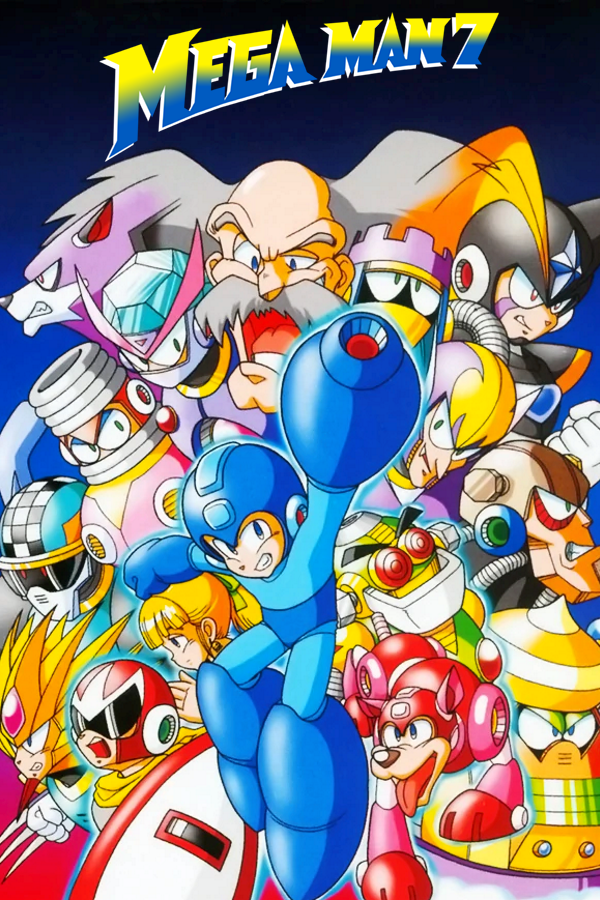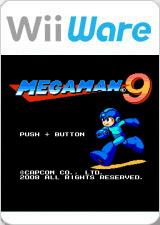
While this is definitely a fair knock on the game, in our experience, most players end up looking up the proper order to beat the bosses to take advantage of their weaknesses anyway, so it doesn't have much impact on the overall experience. One of the most common criticisms of Mega Man 7 is that it inexplicably segments the usual eight Robot Masters into two sets of four, which limits replayability. By the end of X, I was tired of spending every boss fight humping a wall, waiting for the right moment to strike, and abusing the dash to get out of tough situations the simplicity of 7 was a welcome respite. The slide in particular feels a great deal better than you might expect - it's faster and a bit longer compared to its 8-bit equivalent - and it's a sort of secret sauce that gives the game a more action-oriented feel than its predecessors. Mega Man 7 might lack certain features compared to X, but it makes use of its limitations in novel ways.


Today, however, I think it's fair to say that most of us recognize that less can be more when it comes to video games, especially those that deliberately throw us back to earlier eras of the medium. If the machine can do lens flares, we're going to stick a lens flare wherever we can if we can do sweat better now, all of those football and basketball players are going to perspire a lot more than they did last year. In the older days of gaming, when everything was driven by the technological limitations of the consoles, bigger was always better: more features, more levels, more moves.

In contrast, Mega Man 7's Blue Bomber has the same basic move set as his latter-day 8-bit equivalent: slide, jump, and shoot. Though X only gives the player the dash early on if you know to play the levels in the right order - one of its major shortcomings, by the way - the entire game feels a lot more technical and demanding as a result. Perhaps most crucially, 7 jettisons the new mechanics that X brought to the table, particularly the wall-jump and dash.

While 7's spritework is a lot cleaner and more detailed, X's novel art direction and sense of outlandish style made it feel like a breath of fresh air compared to the lo-fi chiptune charms of the 8-bit Mega Man games. It's easy to understand how the technology-obsessed games press of the '90s would take one look at 7 and dismiss it as a step backward from X. This is what Mega Man X looks like, if you forgot.


 0 kommentar(er)
0 kommentar(er)
